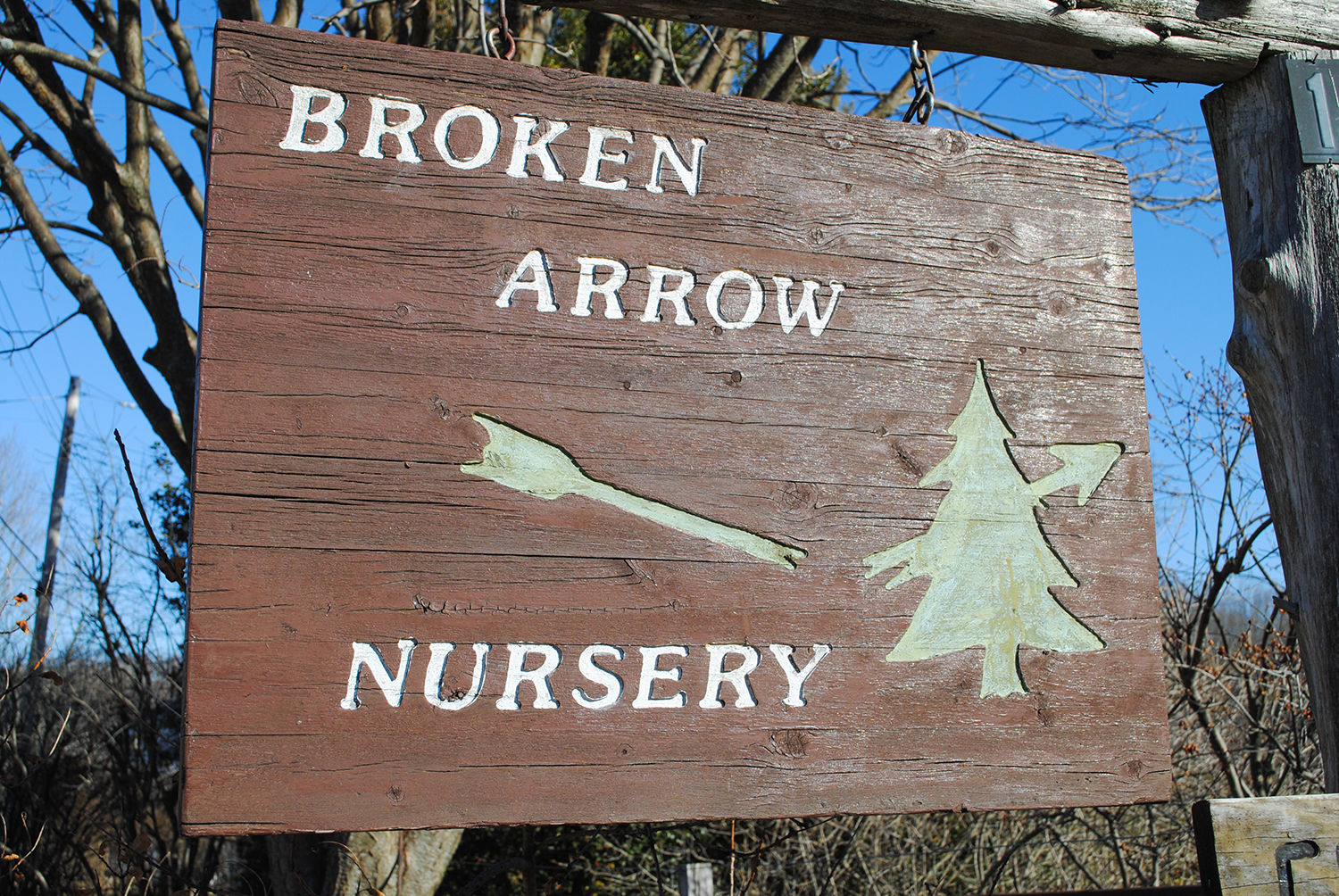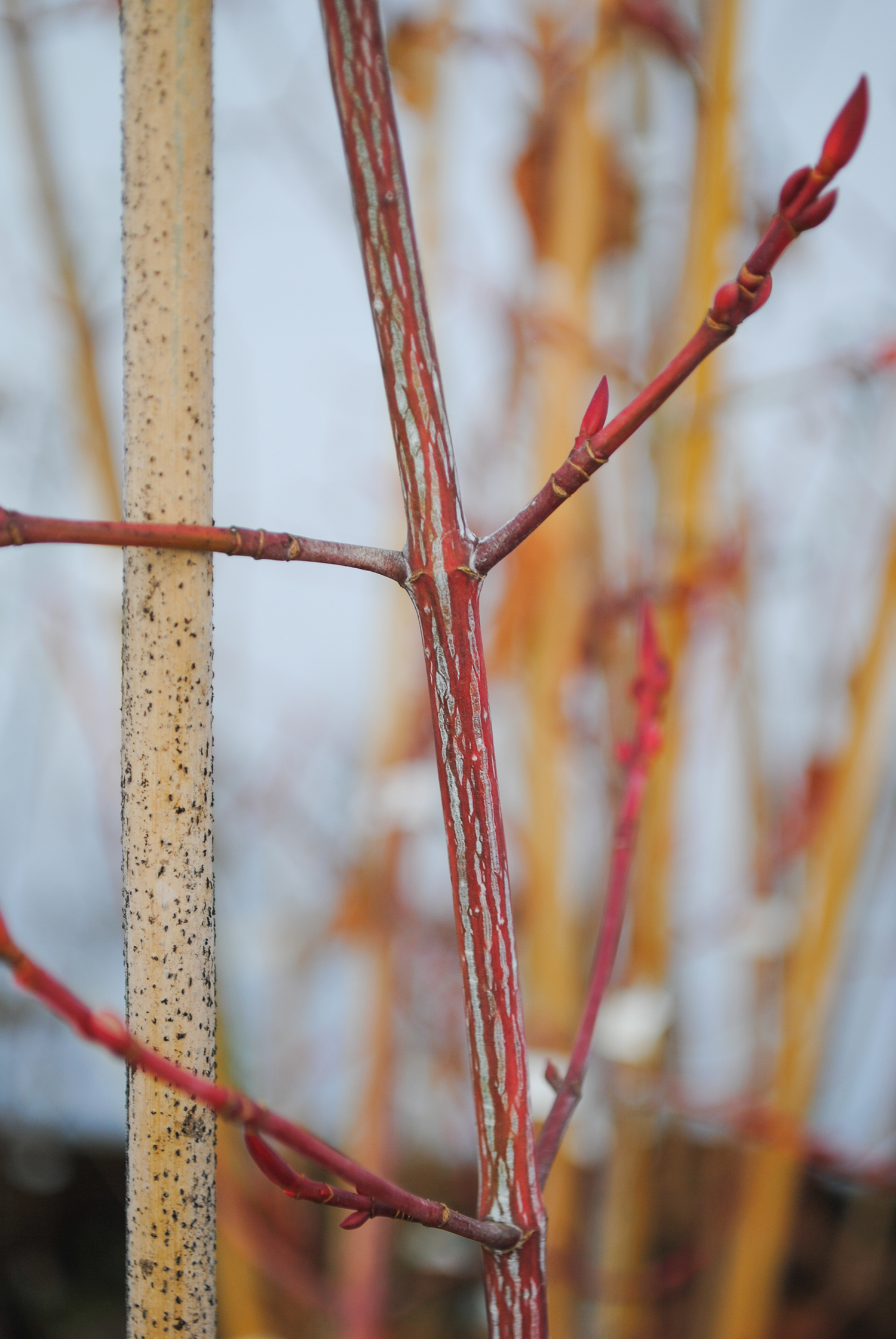Asparagus is a real stalwart, evidenced by the times I’ve seen it in road right-of-ways and farm borders. My first encounter was a clump catching the breeze off Highway 22 that led to my grandmother’s house in Tennessee. While I thought this lone survivor from an old timer's garden was a fluke, I’ve since seen the frilly fronds on roadsides in Arkansas, North Carolina, Georgia, and Texas.
Asparagus also thrives in the north as seen here at Chanticleer.
They aren’t native. No, these old landrace plants are relics of yesteryear, markers of some old homestead or the final brush pile containing said homestead. In these places it has survived abandon and bulldozer and seems to do just fine as the stem slithers under the surface of the ground, gaining a bit more purchase each year.
The true stem, that is. Most people call what we eat stems, but the spears are actually called cladodes, modified leaves that resemble a stem. If you ever want to check, damage the asparagus’s foliage top. New shoots don’t originate from the fronds as they would from stem tissue. Instead, they pierce upwards out of the ground from the rhizome.
These remnants may not be the supped up cultivars we see in seed catalogs today, but they are still delicious. Asparagus's culinary essence seems to attract all the attention; however, the plants are quite ornamental, an epiphany I had when I saw in our SFA Sprout garden two falls ago asparagus's senescing canary-colored foliage next to blue, bold Rudbeckia maxima. It was one of those color combinations that gives you pause in the garden and makes you ask, “Why didn’t I think of that?” The autumn color and the plant's dainty foliage lent to its installation as a see-through structural interest plant in the food prairies on campus last spring. The leaves on some individuals reached six feet tall before the end of the summer.
I'm sure I'm not the first to appreciate Asparagus officinalis's texture and color attributes, but I feel like it. A plant that you can see going 70 mph down the road warrants more use in ornamental plantings. I don't think I've ever heard of using asparagus as a perennial like I have the tomes on Rudbeckia, Phlox, and Hosta. I suppose that's because it "only belongs in the kitchen garden." Rubbish.
Nestled amongst Bouteloua, Symphyotrichum, Liatris, and more, one might not immediately notice the Asparagus in our plantings. But, in the fall when the foliage fades gold, it hides no more. It will hold a light yellow/tan color for the rest of the winter.
I didn't even mention the flowers. While they are no bigger than a rice grain, small pollinators like to jump from blossom to blossom. The plants are different sexes. You need a male and a female for fruit set. The red fruit are usually not preferred since they take away energy from the spears, but if you're using the plant for ornamental purposes, have at it!
This week, I planted asparagus into our kitchen garden at the house with the end goal of contrasting the fine-textured foliage with herbs and low-growing perennials. A few students helped me collect some wild plants (thanks Aries, Jade, and Jevon!).
Dividing the mature clumps took some finger work. The rhizome can be separated into smaller pieces. The five clumps we dug resulted in about 16 propagules, each with solid, off-white roots and a few buds. Finding the growing buds, which resemble turtle heads just poking out of their shell, was fairly easy since on most specimens the remains of last years foliage were visible. Broken up, the crowns look like they belong in Animalia, resembling a jellyfish with long tentacles.
A clump just after excavating
Pulling the rhizome apart
See any turtle heads? Then you've found the buds! If you need a hint, one is at the base of this large out-of-focus root in the left corner of the photo.
Planting was a breeze. One has to go wider than deeper. I prefer to shovel soil out of the first hole, situate the crown, and then use soil from the next hole to fill the first. The last hole gets the first soil. Before watering and mulching, I made sure that the buds on the crowns were visible or close to the surface.
Jellyfish washed up on shore? Nah, just asparagus crowns ready for planting.
By the end of the summer, they’ll form a swaying, verdant wall enjoyed in our side porch rocking chairs for years to come. Who knows? Maybe a century or two from now some other lad will find them and ponder from whence they came, and maybe he or she will enjoy how delectable they are as both a feast for the mouth and the eyes.

















































